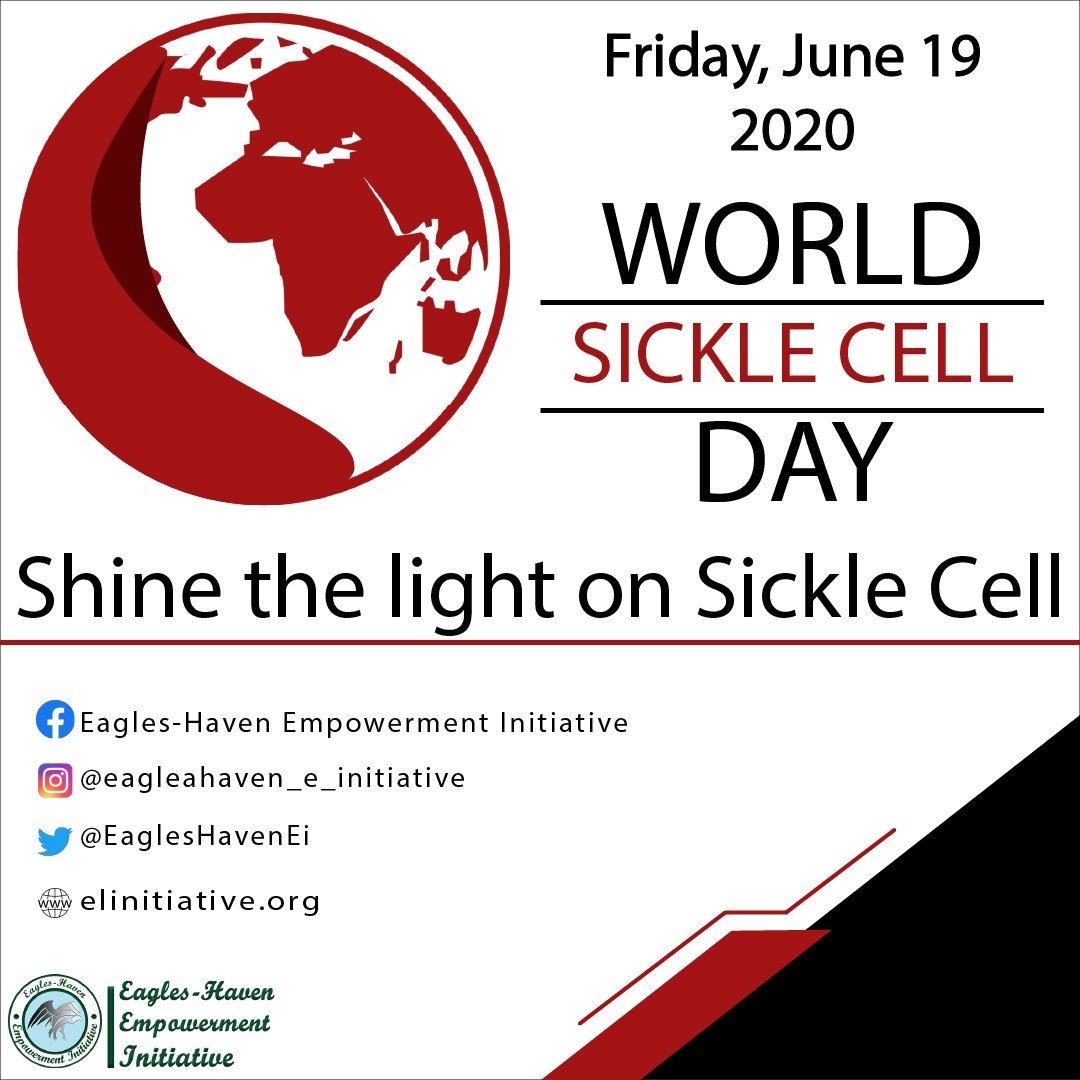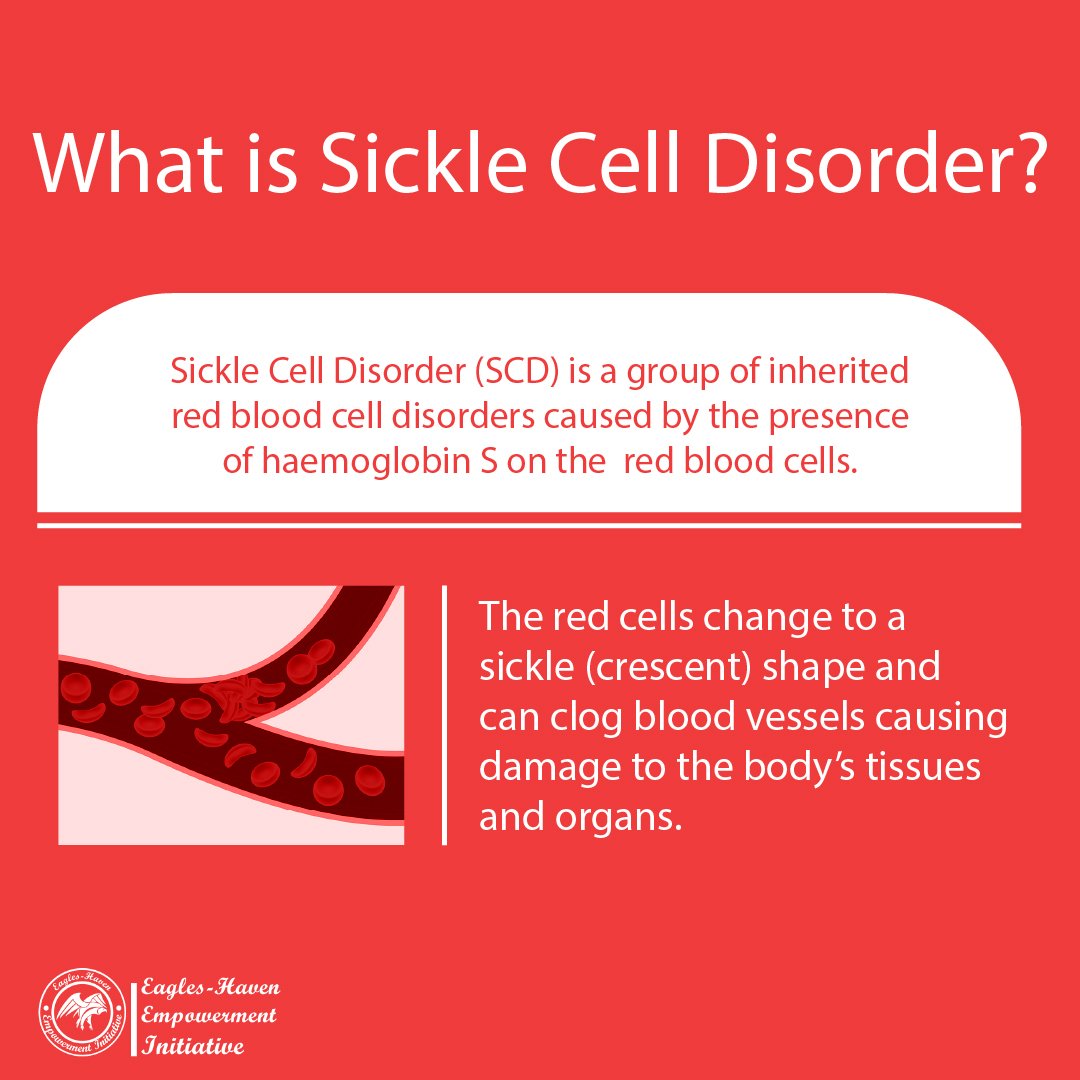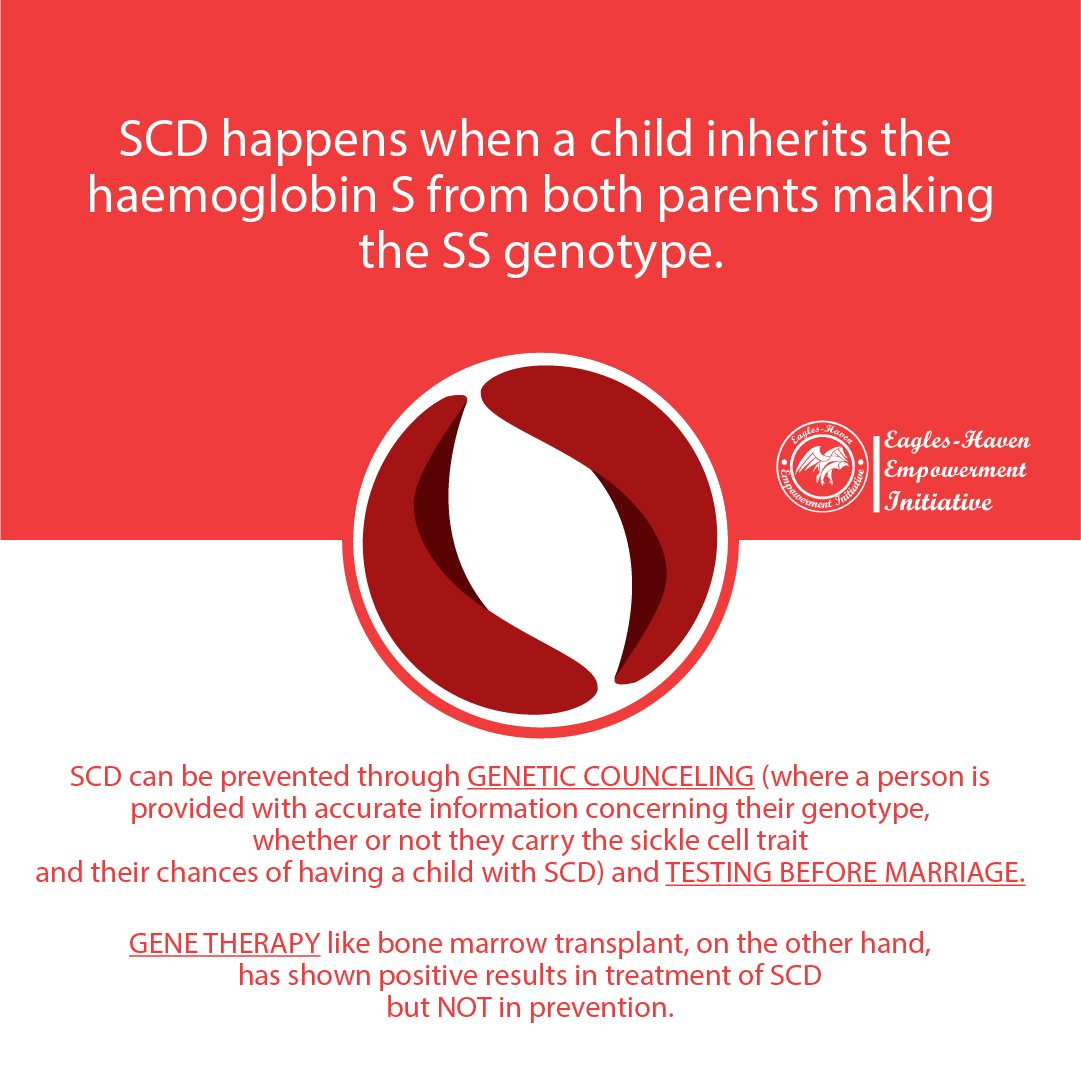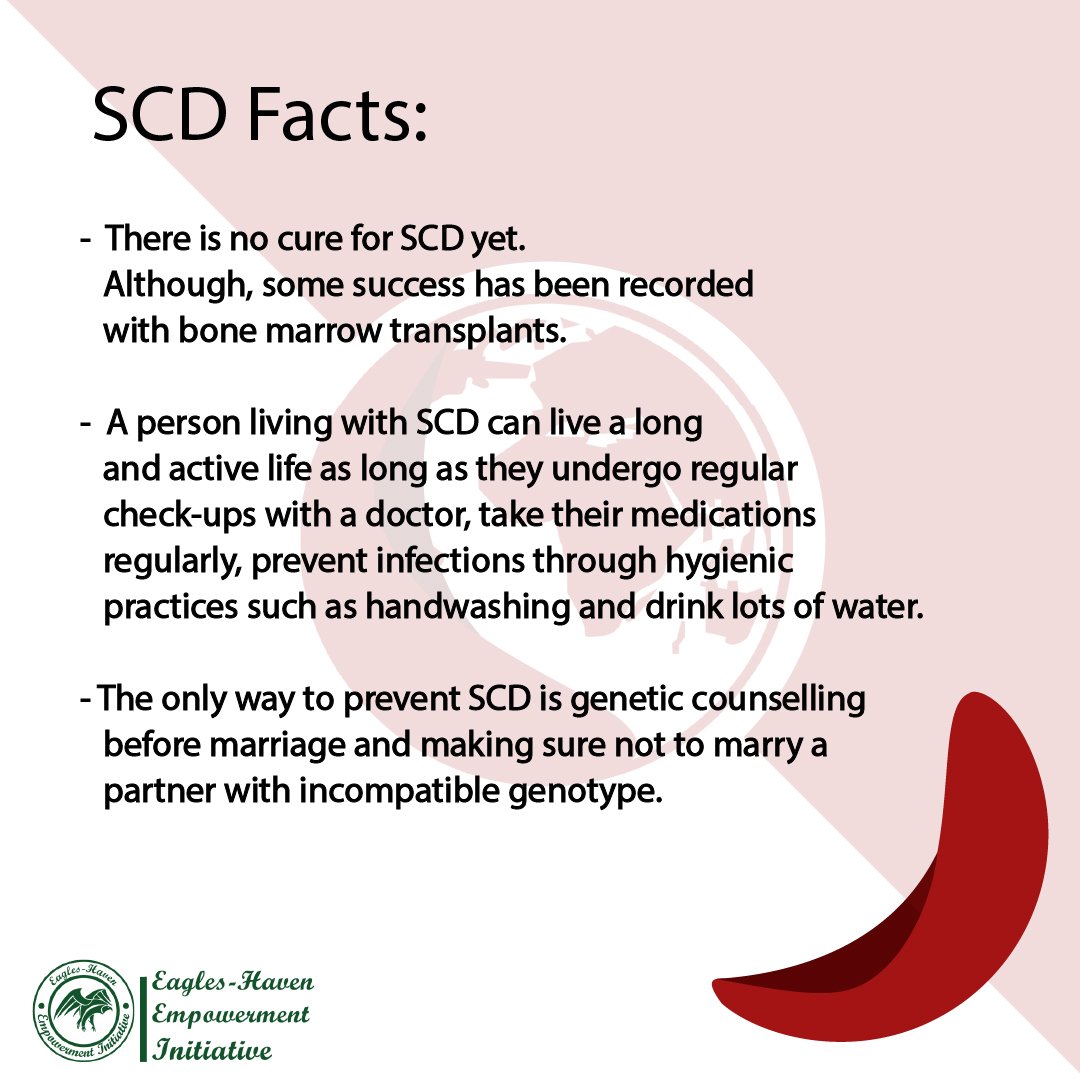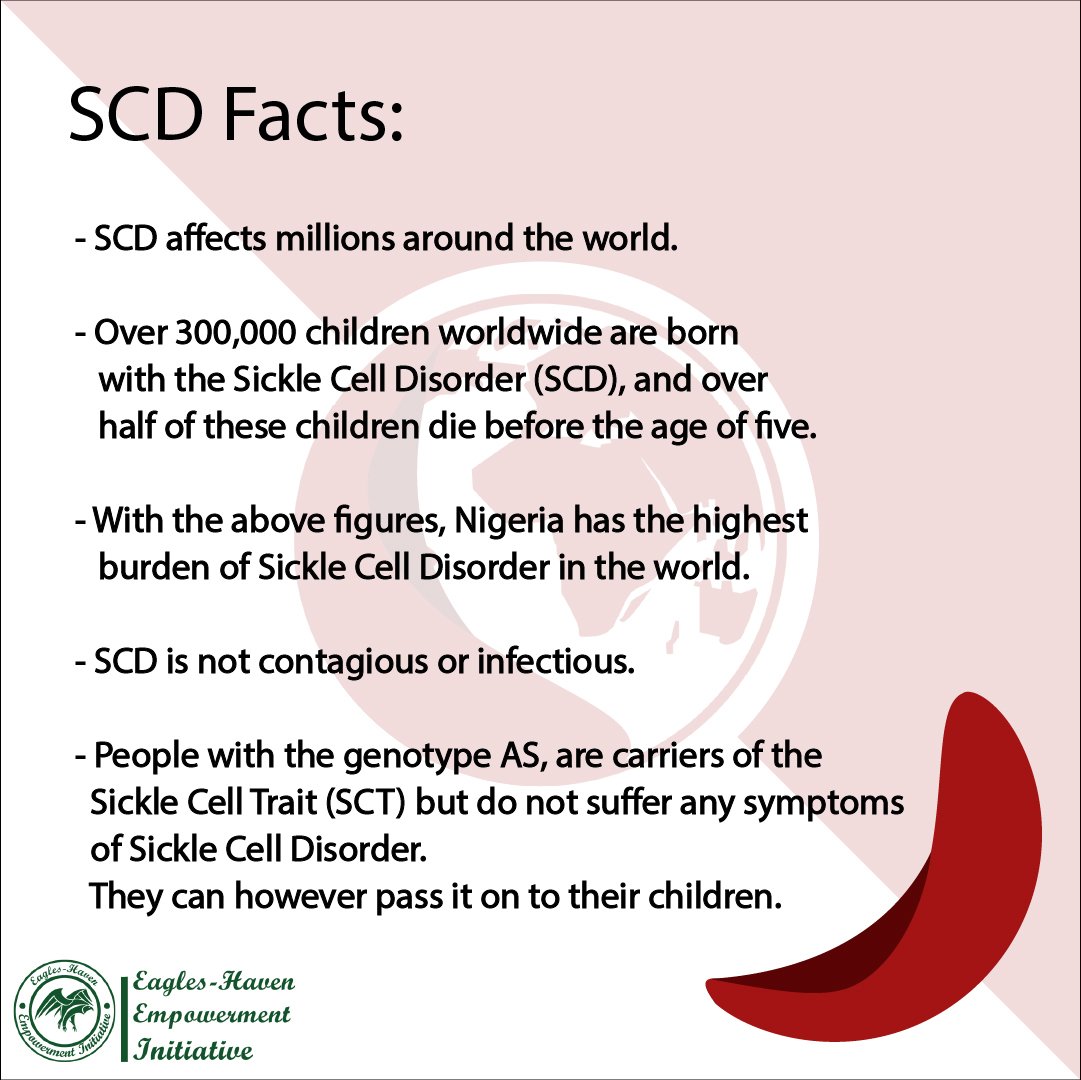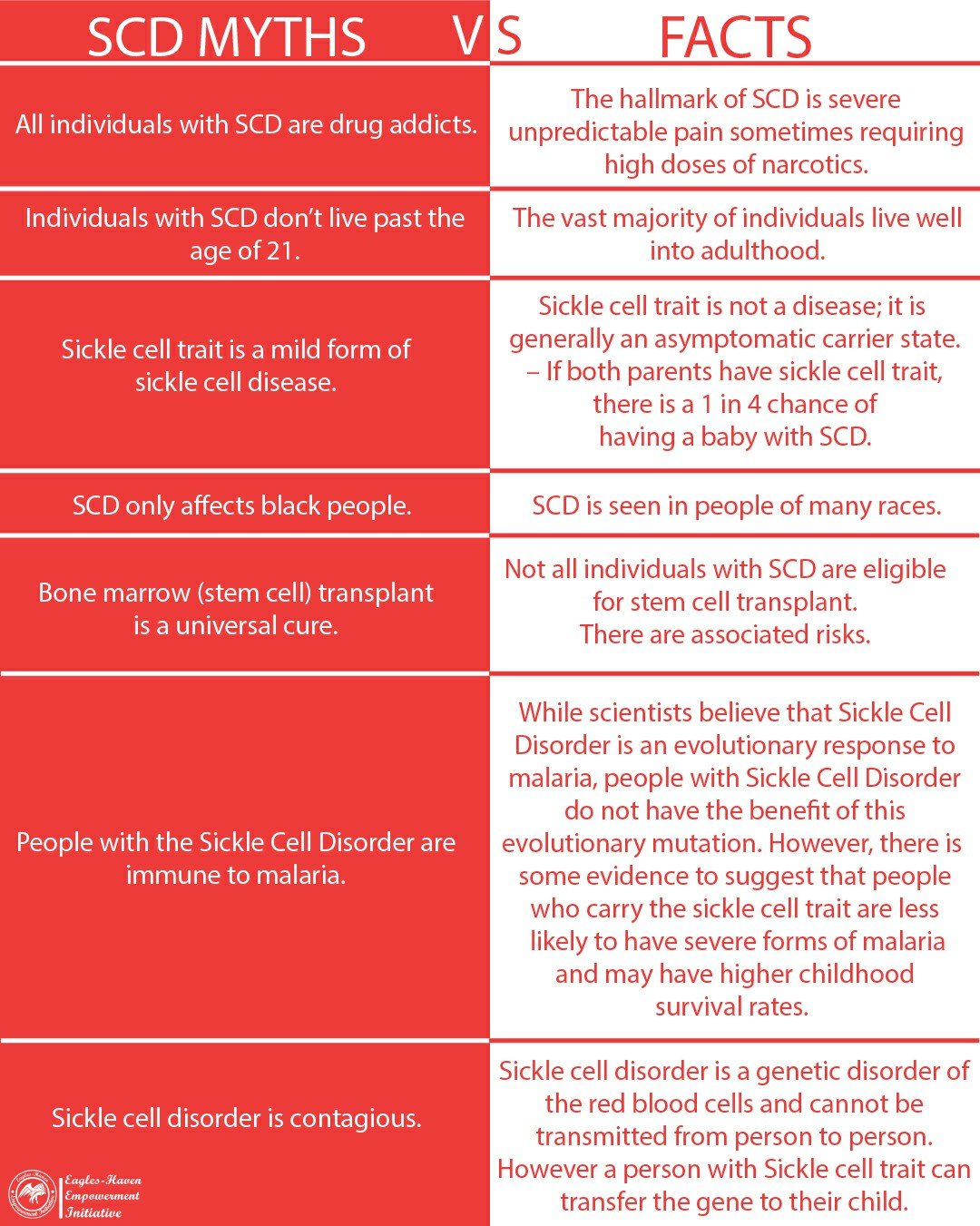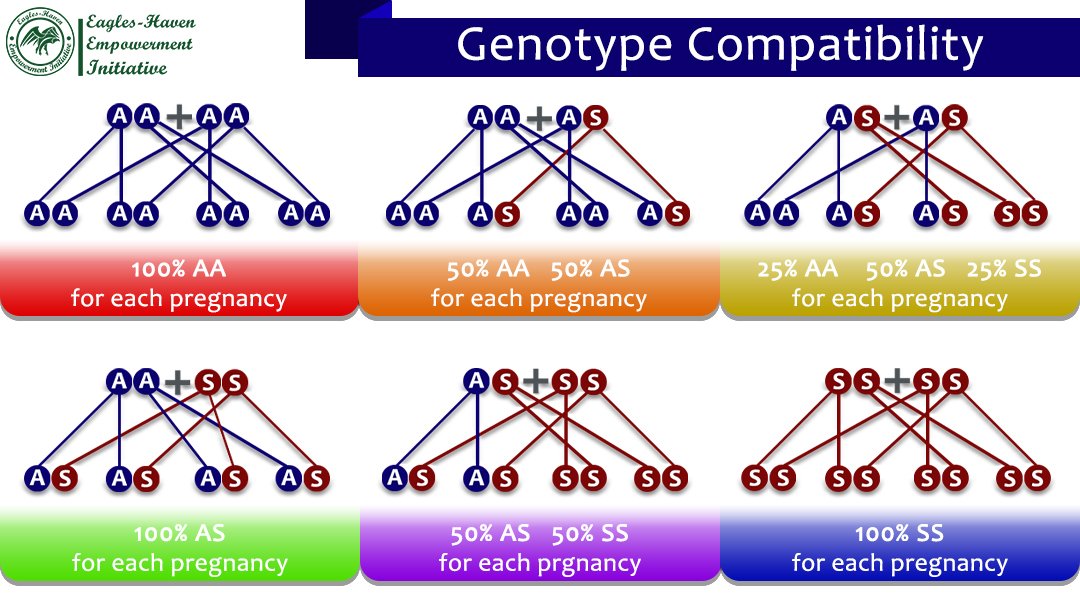World Sickle Cell Day
Introduction:
World Sickle Cell Awareness Day, established by the United Nations, is celebrated on June 19th of each year.
Objectives of this day's campaign:
-Raising awareness about the SCD and its challenges.
-Increasing public knowledge and an understanding of SCD.
-Supporting sickle cell patients, their families and caregivers.
Sickle cell disorder (SCD) is a group of inherited red blood cell disorders. Healthy red blood cells are round, and they easily move through small blood vessels to carry oxygen to all parts of the body. In someone who has SCD, the red blood cells become hard and sticky and look like the crescent moon or a C-shaped farm tool called a “sickle”. The sickled cells die early, which causes a constant shortage of red blood cells. Also, when they travel through small blood vessels (the capillaries), they get stuck and clog the blood flow. This can cause intense pain and other serious problems such infection, acute chest syndrome and even stroke.
Symptoms of SCD:
Episodes of pain.
Yellow eyes/skin.
Paleness.
Excessive thirst.
Frequent urination.
Swelling of hands and feet.
Frequent infections.
Delayed growth or puberty.
Vision problems.
Constipation during a sickle cell crisis.
Painful erection (Priapism).
Facts:
-SCD affects millions around the world.
-SCD is particularly common in individuals in Africa, South America, the Caribbean, Central America, Kingdom of Saudi Arabia, India, and Mediterranean countries such as Turkey, Greece and Italy.
-Over 300,000 children worldwide are born with the Sickle Cell Disorder (SCD), and over half of these children die before the age of five.
-With the above figures, Nigeria has the highest burden of Sickle Cell Disorder in the world.
-SCD is not contagious or infectious.
-People with the genotype AS, are carriers of the Sickle Cell Trait (SCT) but do not suffer any symptoms of Sickle Cell Disorder. They can however pass it on to their children.
-There is no cure for SCD yet. Although, some success has been recorded with bone marrow transplants.
-A person living with SCD can live a long and active life as long as they undergo regular check-ups with a doctor, take their medications regularly, prevent infections through hygienic practices such as handwashing and drink lots of water.
-The only way to prevent SCD is genetic counselling before marriage and making sure not to marry a partner with incompatible genotype.
Busting myths about SCD
1. PAIN
MYTH: All individuals with SCD are drug addicts.
FACT: The hallmark of SCD is severe unpredictable pain sometimes requiring high doses of narcotics.
2. LIFESPAN
MYTH: Individuals with SCD don’t live past the age of 21.
FACT: The vast majority of individuals live well into adulthood.
3. TRAIT
MYTH: Sickle cell trait is a mild form of sickle cell disease.
FACT: Sickle cell trait is not a disease; it is generally an asymptomatic carrier state.
– If both parents have sickle cell trait, there is a 1 in 4 chance of having a baby with SCD.
4. RACE
MYTH: SCD only affects black people.
FACT: SCD is seen in people of many races.
5. CURE
MYTH: Bone marrow (stem cell) transplant is a universal cure.
FACT: Not all individuals with SCD are eligible for stem cell transplant. There are associated risks.
6. MALARIA IMMUNITY
MYTH: People with the Sickle Cell Disorder are immune to malaria.
FACT: While scientists believe that Sickle Cell Disorder is an evolutionary response to malaria, people with Sickle Cell Disorder do not have the benefit of this evolutionary mutation. However, there is some evidence to suggest that people who carry the sickle cell trait are less likely to have severe forms of malaria and may have higher childhood survival rates.
7. CONTAGIOUS
MYTH: Sickle cell disorder is contagious.
FACT: Sickle cell disorder is a genetic disorder of the red blood cells and cannot be transmitted from person to person. However a person with Sickle cell trait can transfer the gene to their child.
What should future parents know?
People who are planning to become parents should know whether they are carriers of the sickle cell gene. This is achieved with a simple blood test at a reputable hospital or laboratory. If they are, they may want to seek genetic counselling to find out what the chances are that their child will have sickle cell trait or sickle cell anemia.

